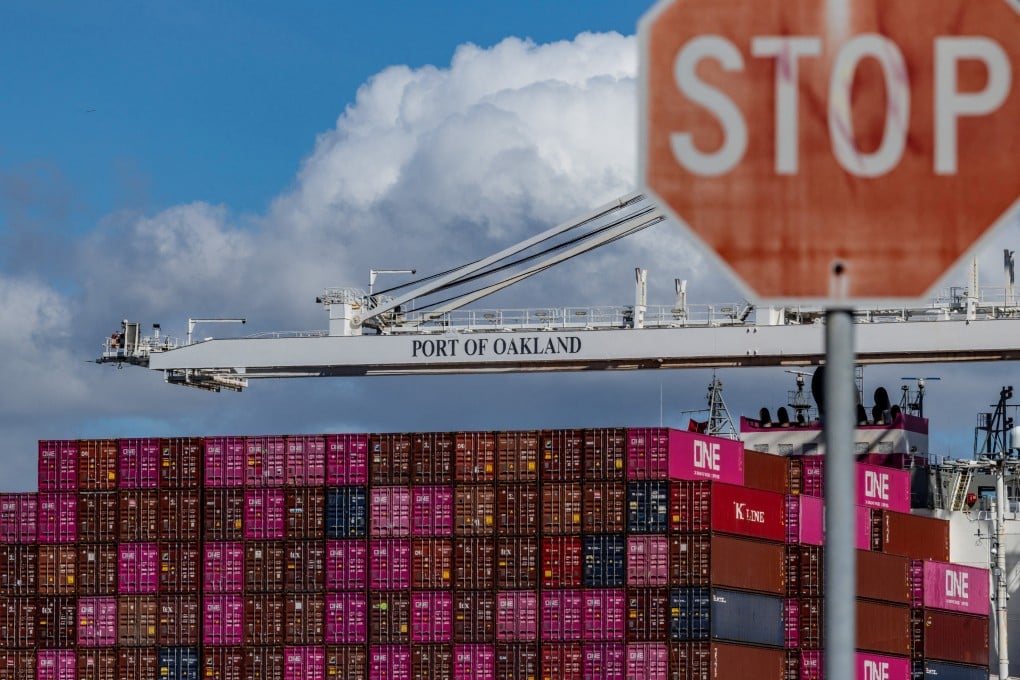Advertisement
Opinion | Trump’s plan for port fees on Chinese-made ships won’t save US shipyards
Instead, US exporters and smaller ports would face collapse even as higher costs force trade away and erode American economic interests in the long run
Reading Time:3 minutes
Why you can trust SCMP
2

Global supply chains, strained by pandemic disruptions and geopolitical tensions, face a self-inflicted wound with the US Trade Representative’s proposal to impose punitive fees on Chinese-built ships calling at US ports.
What seems to be another volley in America’s economic confrontation with China – an indirect attempt to revive the long-declining US shipbuilding industry – is, on closer inspection, a dangerously myopic policy.
The proposed penalties, which could reach US$1.5 million per port call, threaten to disrupt shipping networks while increasing costs for American businesses and consumers, as well as potentially weakening US trading influence. The consequences would hit far beyond the specified targets.
China currently dominates global shipbuilding. As much as 81 per cent of the world’s container vessels and 75 per cent of bulk carriers were built in Chinese shipyards – a staggering increase from a mere 5 per cent of the shipbuilding market in 1999.
The rapid growth of Chinese commercial shipbuilding has left most Western shipyards, including US ones, unable to compete. US shipyards are building less than 0.01 per cent of the world’s cargo ships by tonnage. Because American shipyards prioritise billion-dollar warships over commercial cargo vessels, it is no surprise shipping companies opt for Chinese, South Korean and European builders instead.
The Trump administration is using the findings of a Trade Act Section 301 investigation initiated last year to justify these penalties as a retaliatory measure against China’s alleged unfair practices.
Advertisement
